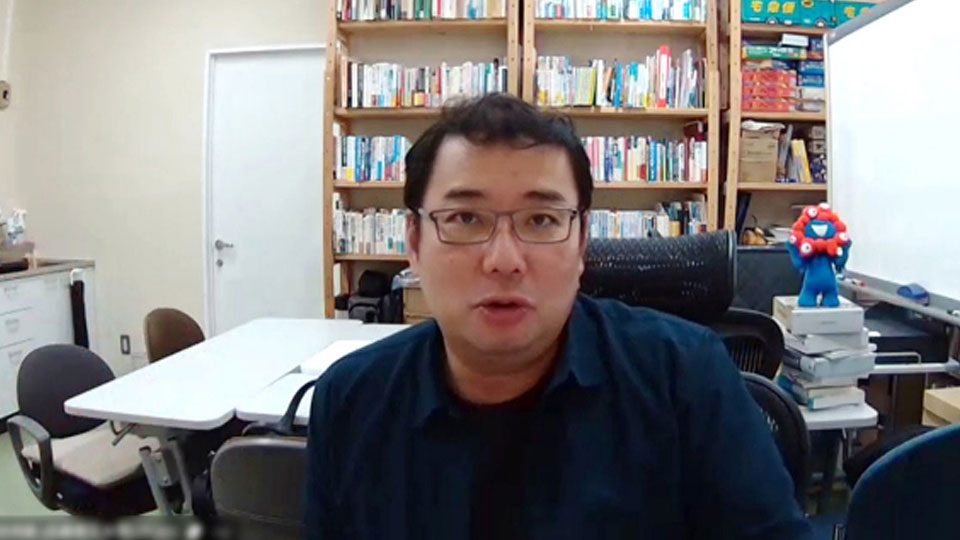Experts on disaster-prevention psychology say fake news accompanies each stage of a disaster. They note that verification is the key to avoiding being deceived.
Experts explain rumor patterns
A group of researchers led by University of Hyogo Professor Kimura Reo analyzed 453 false rumors and other groundless information that spread in the wake of 18 past disasters, including the 2011 Great East Japan Earthquake and the 2016 Kumamoto earthquake.
Fake news just after earthquakes
Shortly after earthquakes strike, false information begins to circulate stating another disaster will soon take place. Much of it consists of rumors such as, "An earthquake with an (XX) intensity will occur again at such a time" or "A steam explosion will occur at (XX)."
Once damage assessment begins, fake news on the extent of damage starts circulating. This could be seen in the wake of the Noto quake that hit central Japan on New Year's day.
Fake news about disaster responses
After rescue and support efforts begin, false information tends to spread concerning alleged actions and remarks by politicians and celebrities, as well as comments about support efforts by public organizations such as, "Relief goods are being air-dropped."
Recovery and reconstruction rumors
As recovery and reconstruction efforts progress, fake information about the affected areas begins to spread.
Often it concerns the distribution of goods. For example, "If you go to (place) tomorrow, you can get everything you need."
It also focuses on facilities. Examples can include information such as, "Hospitals won't provide treatment even if you go there," "An alternative route to closed national roads has opened" or "If you leave an evacuation center, you will no longer be eligible for temporary housing."
Expert: Preventing the spread of fake news
"When society is destabilized by disasters, false information will occur," Kimura says.

He says people tend to spread negative information when they're suffering from anxiety. He adds that people also spread information out of goodwill, thinking it will help those in affected areas.
Kimura warns, "People must be on the alert for fake news during the recovery and reconstruction period. It's important to acquire the habit of confirming whether information is true or not before passing it on."
Read more about the false claims spread on social media: Social media posts falsely claim quake "man-made"
Artificial intelligence on the agenda
More than 2,800 leaders from 120 countries and territories are expected to take part in the annual meeting of the World Economic Forum in Davos, which begins January 15.
This year's theme is "Rebuilding Trust" and the focus is on AI.
In a report released ahead of the meeting, the WEF cited misinformation and disinformation as posing the most severe risk over the next two years.

US research firm Eurasia Group ranked AI fourth in this year's top 10 risks, stating, "AI will move much faster than governance efforts."
Thursday's session at Davos will focus on the use and regulation of AI. Sam Altman, the CEO of the firm US Open AI, which developed ChatGPT, is expected to participate.
